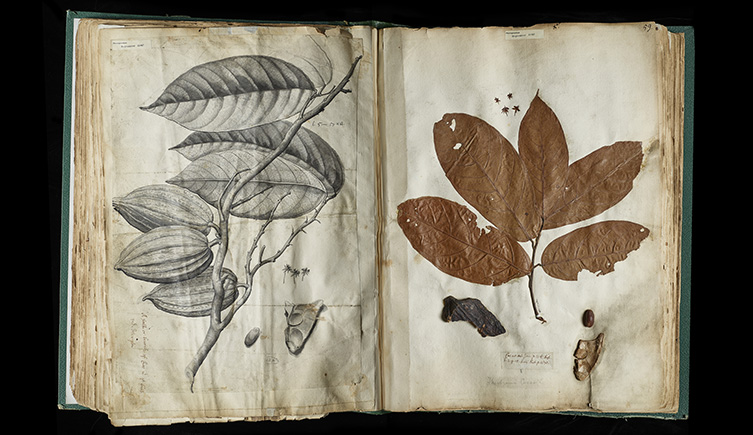Application details
Deadline to apply: Friday 31 January 2025, 17:00 GMT
Apply hereopens in a new window
Please read the eligibility criteria before applying.

This CDA project brings together two concepts of botanical ‘place’ to enhance our understanding of early-modern herbarium collections.
On the one hand, geolocating the incidence of biological species is a crucial component in the ongoing efforts of life scientists to understand global biodiversity and ecological change in the era of climate crisis.
For contemporary botanists, ‘place’ data is a fundamental component of how scientists assess species diversity and distributions, plant persistence and migration, and the risk of local and global extinction events.
In the humanities, ‘place’ has also been important for historians of science seeking to understand how early-modern Europeans acquired natural specimens and knowledge from across the known world. Indeed, the processes of globalisation via which early-modern merchants shipped people, wealth, commodities, and objects of nature around the planet are increasingly recognised as intrinsically connected with both the formation of European empires and the rise of industrial capitalism, two key precipitants of our contemporary climate crisis.
This project will specifically examine the spatial provenance of an extraordinary global plant collection, the ‘Sloane Herbarium’ at the Natural History Museum (NHM), to ask:
Our project will find focus through the herbarium of James Petiver (c.1663–1718), an apothecary of the middling sort and Fellow of the Royal Society in early-modern London.
Petiver’s is at once the most sizeable individual component of the Sloane Herbarium and globally the most diverse, his specimens stretching from the Philippines to Newfoundland. What sets Petiver apart is that his plants are also the best documented in terms of provenance.
Capturing, decoding, and contextualising the detail of this provenance information – as a record both of early-modern species distribution and of historical accumulation – will be central to the project’s interrogation of the place of ‘place’ in the disciplinary formation of botany as commercial, scientific, and imperial technology. A core research task will be to structure and populate an historical collections dataset that catalogues Petiver’s plants and their provenance, and is integrated with existing information management frameworks at NHM.
The studentship incorporates a range of disciplinary perspectives including the history of natural history; history of collections; archival research; environmental / plant humanities; digital humanities; global history. The successful candidate will join the PhD cohorts at both NHM and the Faculty of Humanities and Social Sciences at QMUL.
For further information about the Sloane Herbarium, begin with: https://data.nhm.ac.uk/dataset/sloane-herbarium-inventory
Deadline to apply: Friday 31 January 2025, 17:00 GMT
Apply hereopens in a new window
Please read the eligibility criteria before applying.
Queen Mary University of London,
Queen Mary University of London
Natural History Museum
Natural History Museum
This project is funded by the London Arts and Humanities Partnership Collaborative Doctoral Awaropens in a new windowd (CDA)
LAHP may award up to 30% of its studentships (including stipend) to international students. The AHRC will only fund the Home fee rate. The difference between the Home and International fee is either covered or waived by most of our partner institutions.
Please refer to the UKRI eligibility criteria (TGC 5.2) for further information about ‘Home’ and ‘International’ fee status.